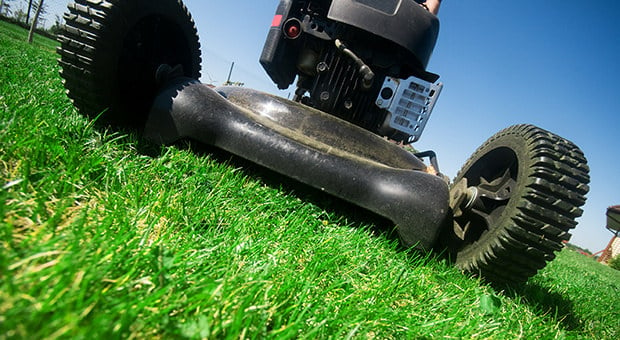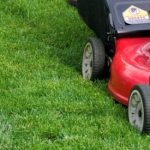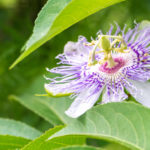
3 Fundamental Summer Lawn Care Tips
Caring for your lawn in Denver’s hot, arid summer climate is an ongoing process! Most summer lawn care depends on simple maintenance fundamentals like mowing and watering correctly. And remember that a little extra attention goes a long way. Here are some good tips to help keep your lawn as green and healthy as possible during these hot summer months:
Mowing
Photo: Flickr / rickpilot_2000
Living in Denver means that your lawn should consist of a cool-season grass type. Which means that your lawn goes semi-dormant during the hot summer months. So, it’s a good idea to raise the mower blade on cool-season lawns (like Kentucky bluegrass) to 3” while continuing regular mowing.
Pro Tip: Only remove ⅓ of the grass blade at a time when you mow. Keep in mind that a very short cool-season lawn is under constant stress and may not survive the summer. Longer grass blades help insulate the soil and provides additional shade to out compete weeds.
Change the direction between mows. Grass tends to grow in the direction that it’s cut. To avoid having grass that appears to lean one way or the other, alternate mowing directions for each mow.
Don’t forget to keep your mower blade sharp! Dull blades tear the grass instead of cutting it, which is an open invite for disease and insects to infest the lawn. Sharpening your mower blade at the end of each season is a good rule of thumb.
Watering
Photo: Flickr / Michael Tutton
The best time to water your lawn during the summer is early in the morning; preferably between 4am and 10am. This way the water isn’t quickly evaporated by the sun nor resting on the grass blades all night potentially causing fungal disease. In fact, water droplets on grass blades in the hot sun simulate tiny magnifying glasses which can scorch your lawn.
Most lawn care professionals agree that most lawns need a good inch of water per week. Though it’s better to water deep and infrequent rather than watering shallow and frequent. Of course this will vary from grass type to grass type and region to region. We recommend consulting your lawn care professional for this information based on the type of grass and soil condition of your lawn.
Don’t forget to follow local municipal water restrictions for your community!
Topdressing the soil
Photo: Flickr / Pippa Buchanan
Topdressing involves the process of applying compost, soil, or sand over the surface of your lawn. Top dressing help keep the soil nutrient-rich, creating an ideal environment for healthy grass. To apply top dressing, we recommend shovel small amounts of your soil mix in various locations throughout your lawn and following up with a metal rake to “massage” the soil between the grass blades.
Topdressing…
- adds organic matter to soils.
- can build up the soil flora.
- combined with core aeration can place organic material deeper into the soil.
- can change soil structure.
- with the right biological components can help reduce lawn diseases.
- helps reduce traffic stress.
- incorporated into heavy soils helps relieve compaction problems.
- incorporated into sandy soils helps with water retention.
- with the right materials can help reduce the need for fertilizer.
- can help reduce thatch.
Have questions about lawn care? Visit our Denver lawn care page or share your thoughts in the comments section below.








